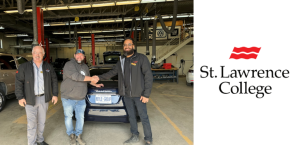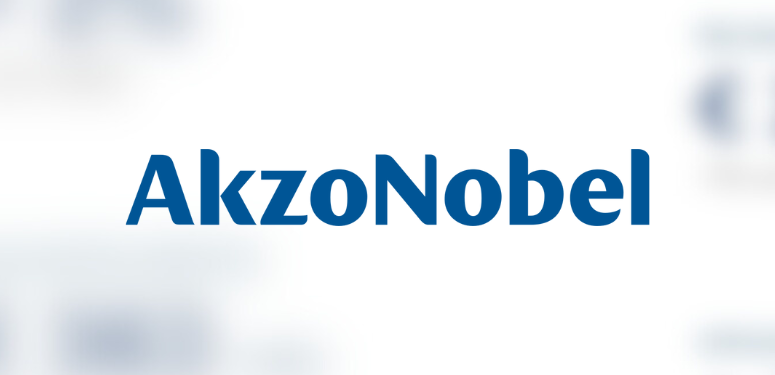By Andrew Marsh
Collision repairers around the world share a deep passion for doing the job right and doing it well. Each repair is a vehicle restoration – from minor damage to major rebuild, and each one is slightly different. There are due processes especially if external partners are involved in the start date and progress of the repair. Indeed juggling the delivery of parts, using the skills of the team to the best effect as well as keeping the customer engaged and happy is a very demanding job.
Consider the profit margin each square metre of floor space has to make each day, every day. Take a look not only at the entire shop floor area, but the areas outside the shop as well. Then consider how much turnover has to be generated from the business floor area, and the amount of profit it is generating. The numbers will quantify the amount of cash all those long accepted areas of the business really cost. The profit margin may look rather modest.
This approach to scope the business turnover and profit margin into the output from the floor area is widely used in manufacturing as well as retail operations, and yet it seems to be applied rarely in the collision repair business. Yet this technique can help hone the business and assist in cementing clear strategies by establishing what activities differentiate it from the immediate competition, as well as helping map out what it will take to meet future growth plans.
So, what can be done to boost that profit margin? Setting aside very important aspects about the company ethos, it’s all about minimising the working area and the overhead to support that activity. If an extensive full vehicle restoration is going to take several months, than the charges will need to be in line with faster, less intensive repairs – or accepted as part of the business strategy.
Steps to improve could include:
Accepting full delivery of parts for a given vehicle in one go, so that your business spends less time tracking missing stock.
Modifying the type of work undertaken to specialise in more repair jobs of a certain type. Typically this is a move towards less intensive repair, but if many shops in the area are doing the same then perhaps offering deep intensive and complex repair is a way forward.
Taking a look at how many times a vehicle is moved about the site during the repair process – and how many times it is accessed by each skill set. Here the objective is to get the job right first time (far easier to write than to do) rather than repeat internal work.
This does not require much cash to start, since your time is not really “free.” The main spend will be your own brain power and some precious time, to sit back and calmly view the whole business. Enjoy!
Andrew Marsh has worked in the automotive industry as a designer, development engineer and program manager. Companies include Aston Martin, Ford of Europe, GM Europe, Lotus, Renault, Saab and Volvo. In 2011 Andrew became a founder member of Auto Industry Consulting Ltd, together with Mr Ben Cardy. Auto Industry Consulting is an independent provider of technical information and consultancy to the global collision repair industry. For further information, please visit www.autoindustryinsider.com.





































